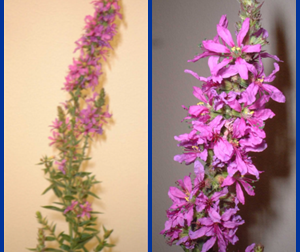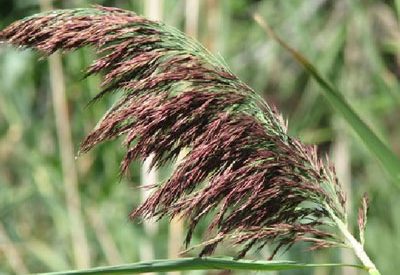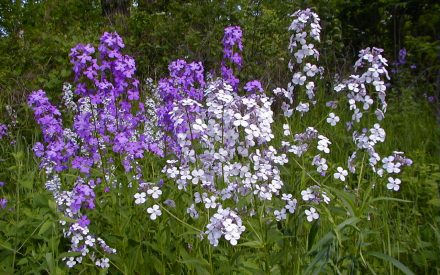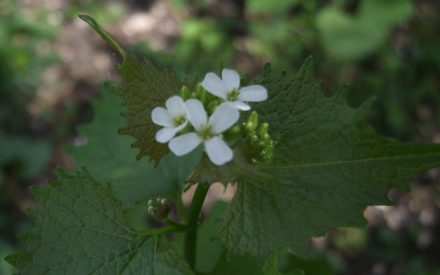
Lisa Johnson, Dane County UW-Extension
Revised: 4/27/2004
Item number: XHT1084
What is purple loosestrife? Purple loosestrife (Lythrum salicaria) is a fast-spreading, tall Eurasian plant that grows primarily in wetlands and ditches, but can invade home gardens. It was introduced from Europe in the 1800s as a perennial garden plant. Although this plant or its cultivars are sometimes still sold in garden centers, it is illegal to sell, distribute or cultivate this plant or its seeds in Wisconsin. Purple loosestrife has a wide tolerance of environmental conditions and spreads by seed as well as by aggressive rhizomes. Purple loosestrife can produce more than two million tiny seeds per plant. Seeds are easily spread by wind and water, remaining viable in the soil for many years. The plant also has a thick taproot with fibrous rhizomes that form a dense mat, making it difficult to remove. In addition, the insects and diseases that keep the plant’s population in check in its homeland are not present in North America. These factors allow purple loosestrife to spread rapidly through wetlands and other areas where it chokes out other desirable native vegetation and eliminates open water habitat that is important to wildlife.
What does purple loosestrife look like? Purple loosestrife usually grows to a height of 3 to 7 ft., but it can grow as tall as 12 ft. It can live for many years, usually becoming tough and fibrous at the base. Purple loosestrife has narrow leaves that are arranged opposite each other on the stem. Each plant can produce from one to 50 flowering stems. Flowers are magenta pink and have five to seven narrow petals. Purple loosestrife may bloom from July all the way into early September.
How can I control purple loosestrife? Prevent the spread of purple loosestrife by inspecting equipment, boats, shoes, and other items that have been in contact with purple loosestrife-infested areas. Small infestations can be removed with a shovel. Be sure no portions of roots or stems remain. Glyphosate-containing herbicides are recommended for chemical control. Spray the foliage with a solution containing 1% active ingredient, or apply to cut stems in a solution containing 3-10% active ingredient. Herbicides containing the active ingredient triclopyr, formulated for water dilution are also effective. Biological control using insects that solely feed on purple loosestrife are also proving effective (see box below for more information). All control methods will likely need to be repeated for several years. Encourage your community to scout for and remove any purple loosestrife in your area.
For more information on purple loosestrife: Access the Wisconsin DNR website or contact your county UW-Extension agent.
Download Article





 Invasive Phragmites
Invasive Phragmites Dame's Rocket
Dame's Rocket Garlic Mustard
Garlic Mustard Japanese Knotweed:
Japanese Knotweed:


